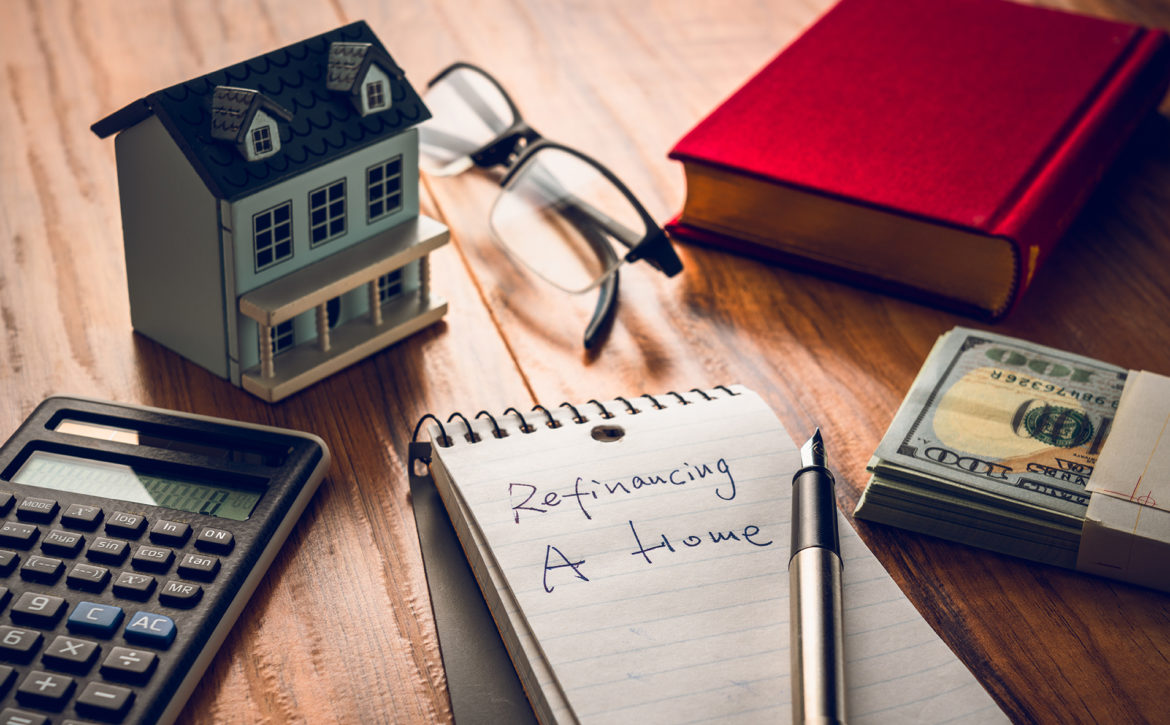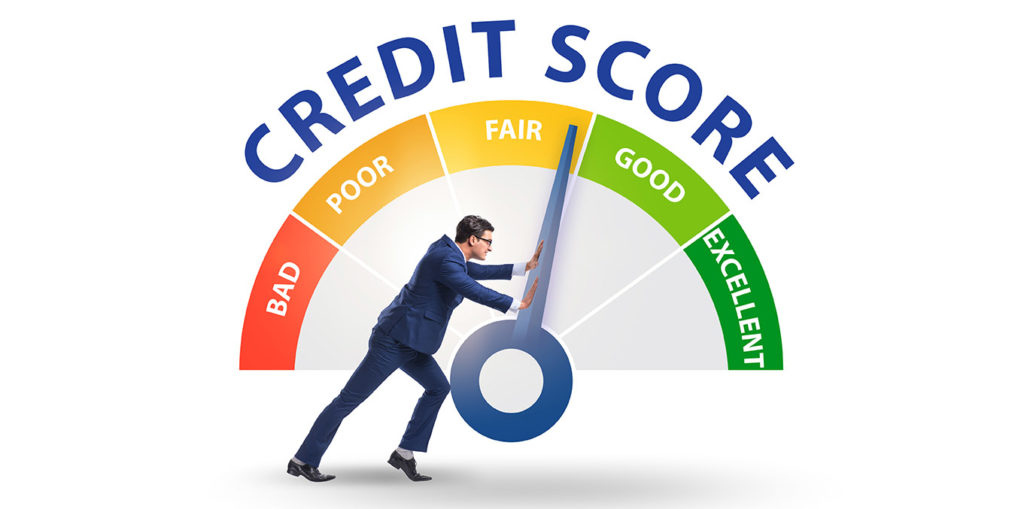How to Know When Your Clients Need Private Money
Even if the majority of the loans you broker are through traditional banks, it’s always a good idea to have other solutions available. Not everyone qualifies for conventional financing through a bank. To best serve your clients a full repertoire of financing solutions for all these scenarios.
Real Estate Investor Who Owns Multiple Properties
Clients that plan to invest in multiple properties can’t always get a traditional mortgage. Conventional lenders are limited to financing a maximum of 5 to 10 properties per borrower, which includes a principal residence. Often the borrower’s debt-to-income ratio also prevent them from securing traditional financing even though all the properties as a whole cash flow each month. Depending on the type of loan and the borrower’s credit score, they may need a DTI as low as 36 percent.
Private money lenders have no limit on the number of properties they will finance and are more lenient about DTI ratios, as long as the borrower has sufficient equity. Real estate investors that want to start new flips while others are in progress will need to find a lender that will work with them and deliver as promised.
Poor Property Conditions
Conventional lenders require properties to meet certain conditions. Most private lenders don’t have the same limitations as a traditional bank. The whole point of a flip is to improve the property enough to make a profit on reselling it, so many ideal flips don’t meet bank requirements. When your clients work with a private lender who specializes in fix-n-flips, it gives them more flexibility to purchase foreclosures and other homes that have fallen into disrepair.
Limited Cash on Hand
Fix-and-flips require an investment in improvements, and not everybody has enough cash for this kind of significant investment. A fix-and-flip lender provides financing for the purchase of the home and a percentage of the improvements. Keep in mind that fix-and-flip lenders do require borrowers to contribute some cash, usually 30% or more depending on the property.
Low Experience Level
Experienced flippers may occasionally be able to secure financing through a conventional lender, but this is rare. First-time flippers and those who don’t have an established relationship with a traditional bank will need to find another source of financing. Fix-and-flip lenders reduce their risk by using the property as collateral, which allows them to be more flexible with less experienced flippers. Even if a borrower has never flipped a home before, you can help them get a loan.
Here at Coastal Capital we’ve been assisting brokers in buying fix-and-flip along with loans for real estate investors. Since 2007 we’ve built our successful real estate fund by delivering for brokers. If we say “Yes” to a deal it funds as long as no surprises show up along the way. If you want a partner you can count on please visit us at https://www.coastalcapital.com/broker/ for more info or just give us a call.




















